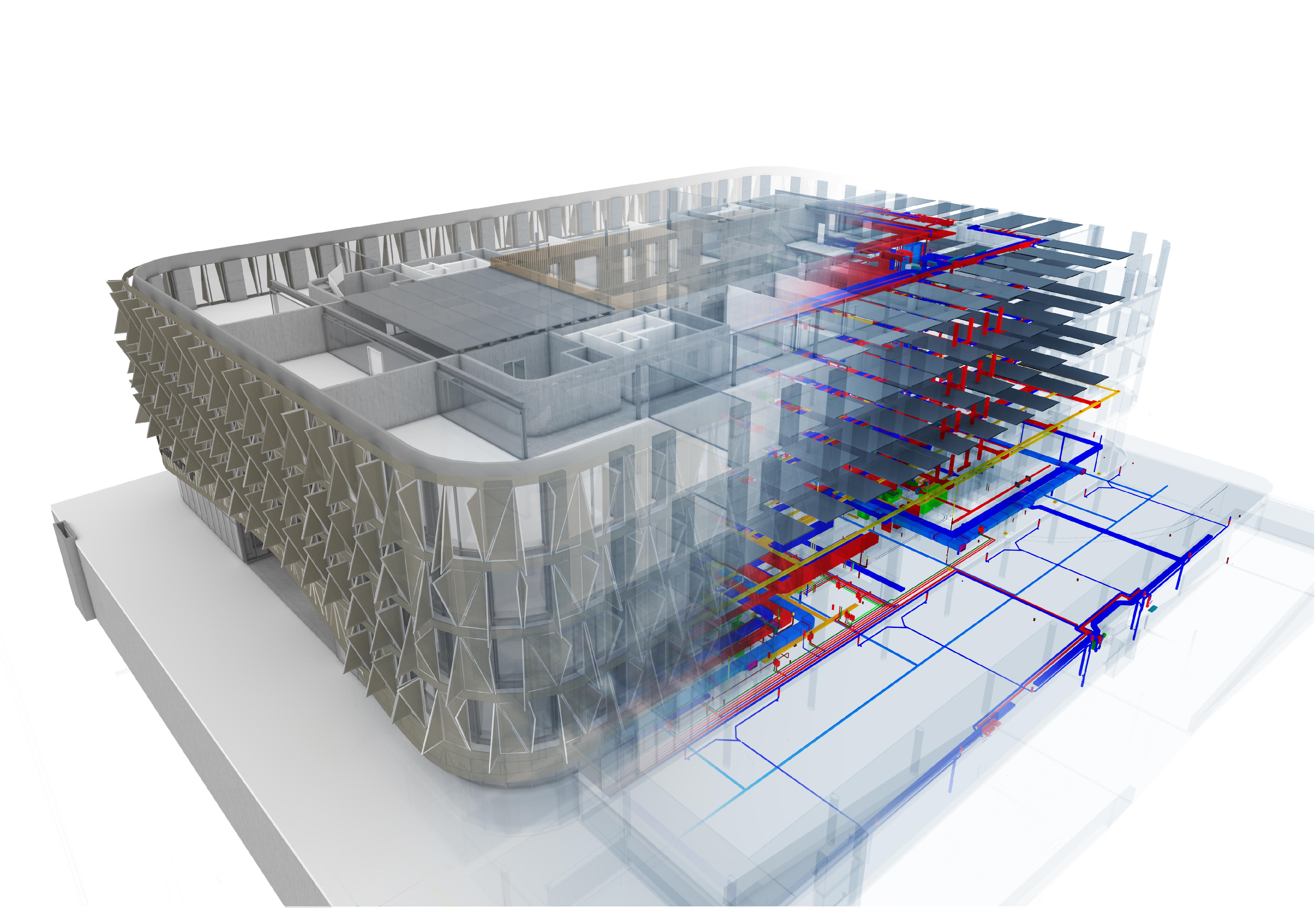Architects: Want to have your project featured? Showcase your work through Architizer and sign up for our inspirational newsletters.
Most people believe that Ferdinand Magellan was the first person to circumnavigate the Earth. This is incorrect. While Magellan organized the 1519 expedition that eventually resulted in the first global circuit, Magellan himself died halfway through the journey along with most of his crew members. In fact, of the 237 people who set sail with Magellan from Seville, only 18 returned, led by the actual first circumnavigator Juan Sebastián Elcano. (Jeopardy contestants take note!)
Today, global travel is much less perilous than it was in Magellan’s time. However, it is still expensive and time consuming to hit all the spots on your bucket list. Luckily for architecture fans, Phaidon’s got you covered. Their new book, Destination Architecture, features photos and specs of the best contemporary buildings in each of the world’s six permanently inhabited continents. (Sorry Antarctica!)
Like all Phaidon photo books, this one is stunning and rewards hours of absent-minded perusing. Is it the same as taking a vacation around the globe? Not quite, but judging by the fate of Magellan, maybe that’s a good thing. What follows are seven highlights from Destination Architecture, a book that — as a side note — would make a perfect gift.

1. Australia
Huski Hotel by Elenberg Fraser, Falls Creek, Australia, 2005
Although it makes a stunning visual impact, the design of Elenberg Fraser’s Huski Hotel is based on a simple concept: a stacked array of timber boxes. The trick is the faceted design of the facade, which is achieved by positioning the boxes at off-kilter angles. While the overall composition has a pleasing unity, the individual boxes – and the apartments within – vary in size, from studios to two-storey complexes. However, each unit contains a balcony with a built-in spa.
The architects write that this project was conceived as a “differentiation to the clichéd alpine architecture found in Australia’s skifields.” They were certainly able to succeed on this front, and they do so even while retaining a bit of alpine warmth with a honey-colored eucalyptus facade.
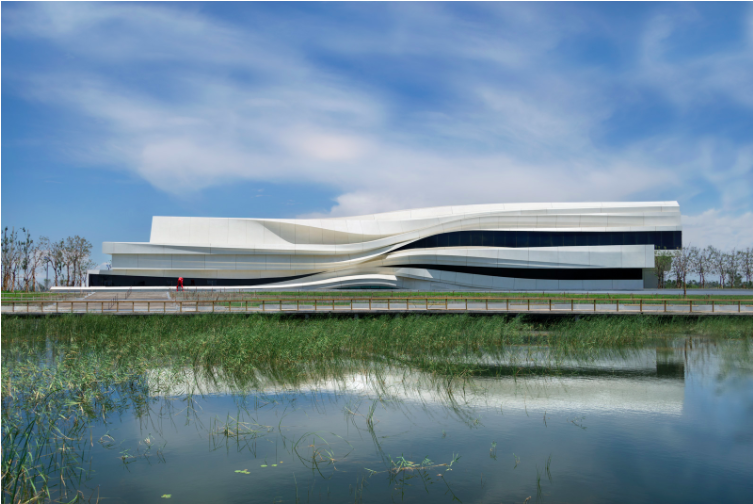
Images via waa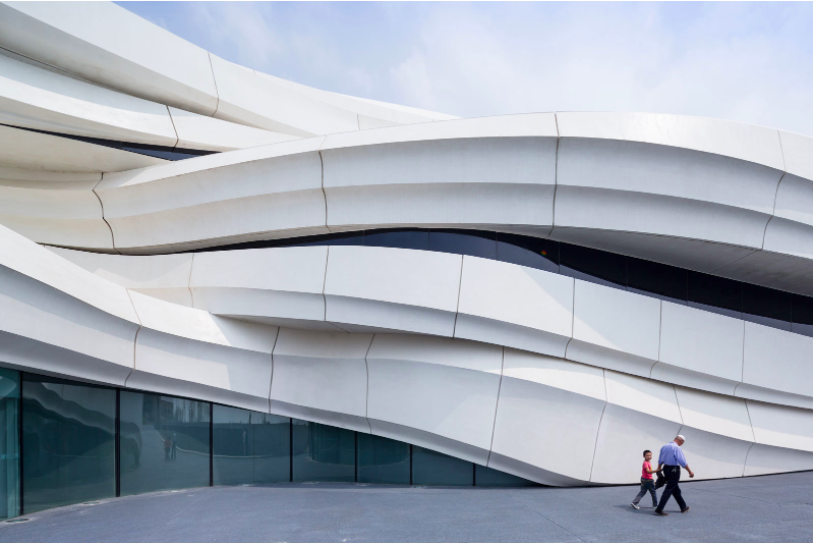
2. Asia
MOCA Yinchuan by waa (we architects anonymous), Yinchuan, China, 2015
The Yinchuan Museum of Contemporary Art (MOCA) is a truly magnificent building no matter how you look at it. The authors of Destination Architecture state that the museum’s “ribbon-like facade draws on the site’s geography and layers of sediment left by the receding river.” The river here is the famed Yellow River, which the architects note has been called the “cradle of Chinese civilization.” The rippling appearance of this facade was achieved with state-of-the-art glass fiber reinforced concrete panels.
By drawing on geographic forms in the construction of the museum, waa situates their project within the long tradition of Chinese art. Erosion in particular has been a subject of fascination for Chinese artists for centuries, as this Western reporter first learned from reading the William Butler Yeats poem “Lapis Lazuli,” in which the Irish poet draws inspiration from the Chinese practice of meditating upon scholar’s rocks:
Every discolouration of the stone,
Every accidental crack or dent
Seems a water-course or an avalanche,
Or lofty slope where it still snows.

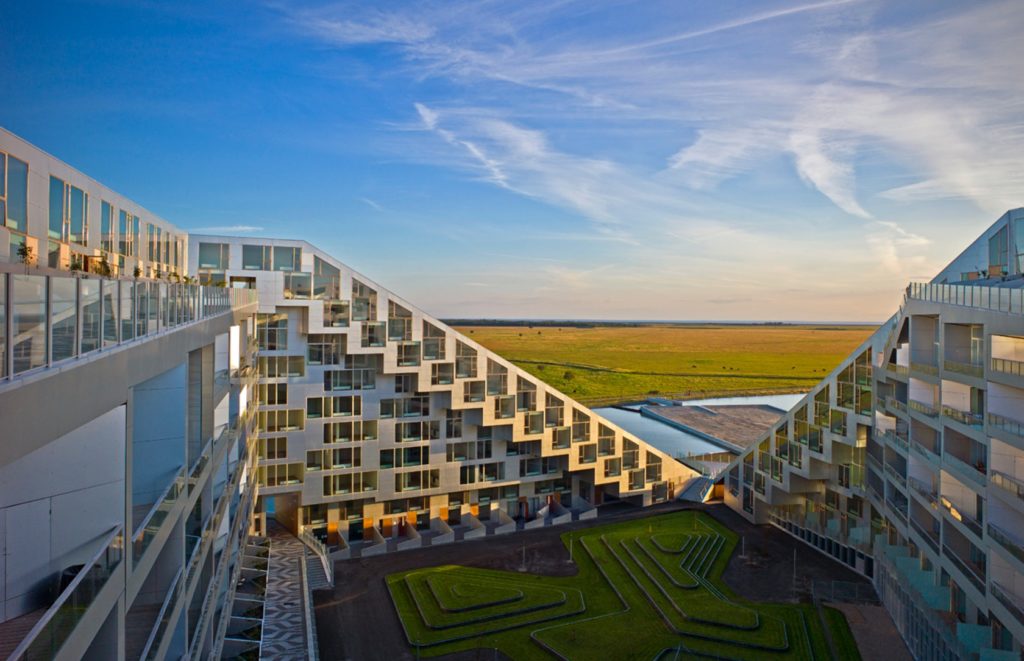
3. Europe
8 House by BIG, Copenhagen, Denmark, 2010
Bjarke Ingels’ 8 House is located in Southern Ørestad and overlooks both the scenic Copenhagen canal and the open field of Kalvebod Fælled. BIG describes this one-of-a-kind, wraparound structure as “a big house in the literal sense of the word. A house offering homes in all its bearings for people in all of life’s stages: the young and the old, nuclear families and singles, families that grow and families that become smaller.” It is a residential project that seeks to complement the diverse ways that people live today.
Destination Architecture aptly describes the complex as a “three-dimensional neighborhood.” Unlike an apartment complex, where residents are stacked on top of one another and may rarely interact, the residents of 8 House look out onto one another’s yards and gardens as well as onto shared spaces and shops.
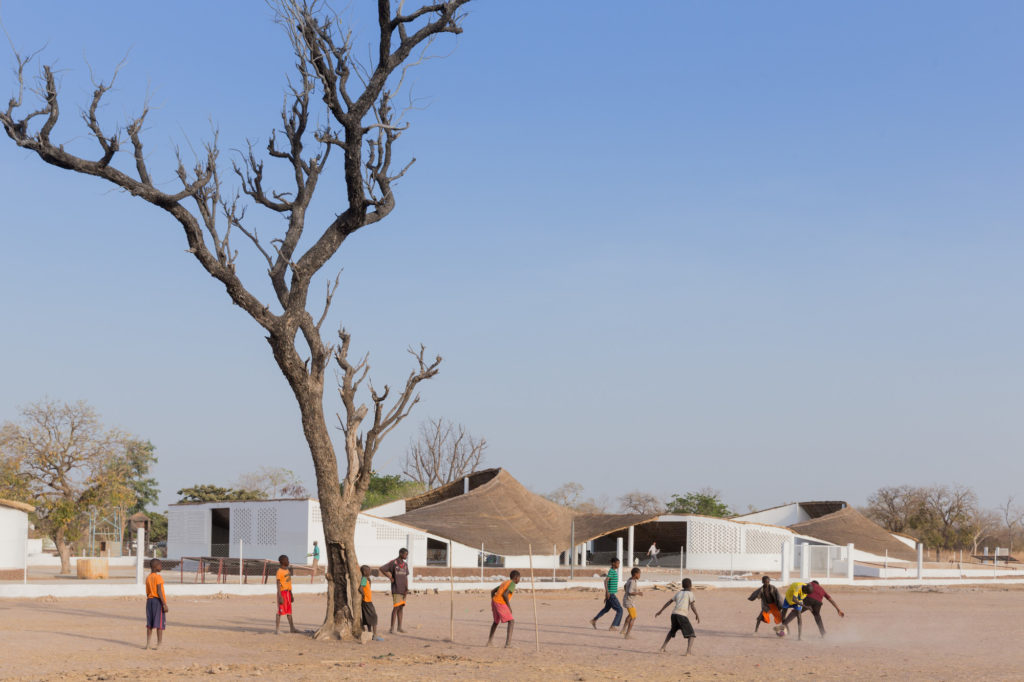
Images via ArchDaily
4. Africa
Thread Artist Residency by Toshiko Mori, Sinthian, Senegal, 2015
Toshiko Mori’s long career has seen her take on a diverse array of projects, using disparate materials and styles as befit her changing circumstances. “The intention is to make something very simple, which is very difficult to achieve,” explained Mori. “I like to tackle complex issues by coming up with simple solutions.”
For the Thread Artist Residency in Senegal, Mori made use of local craftsmen techniques and materials to create a usable, sustainable space for local artists and residents. Artists from elsewhere in the world are also invited to apply for residencies, resulting in a community that is at once local and global. It is worth checking out the Residency’s website to learn more about this extraordinary space.

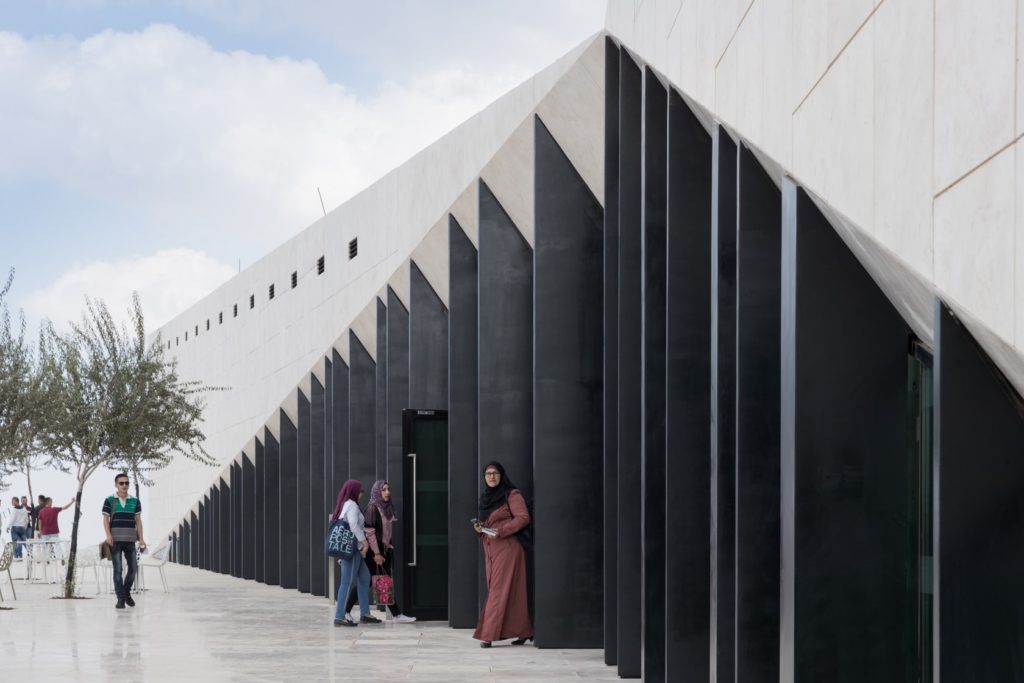
5. Middle East
The Palestinian Museum by Heneghan Peng Architects, 2016, Bizreit, West Bank
The new Palestinian Museum in the West Bank rises inconspicuously from the desert, the limestone-clad concrete building blending seamlessly with the landscape. The triangular form, which to me suggests a pyramid, has been compared to Bedouin tents. Surrounding the structure are a series of tiered gardens, which trace the agricultural fields that once occupied the site.
“The landscape of the Palestine has the ‘worked’ quality of a city; every element of it has been touched and tells a story of intervention, production, culture, environment and commerce,” explain the architects. “Like a city, the terraced landscape has embedded within it its history.”
The new museum hosts exhibitions as well as performances and seeks to serve as a cultural home for the Palestinian people.
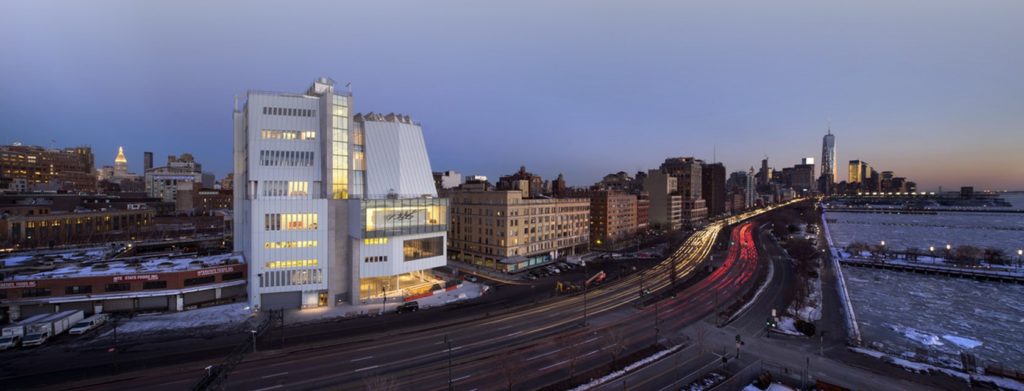
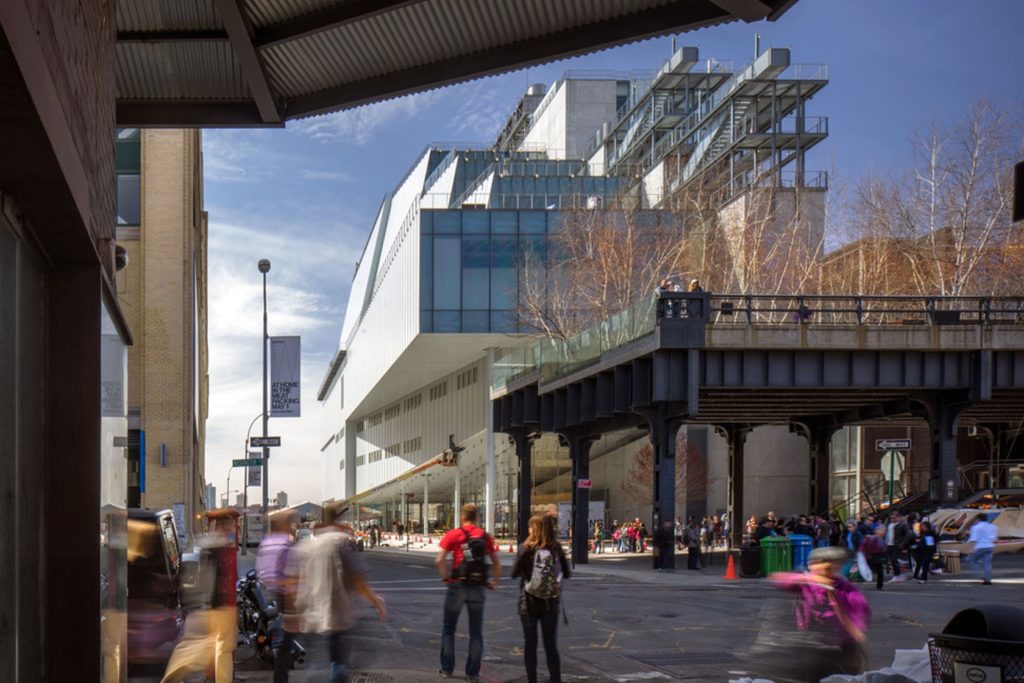
6. North America
The Whitney Museum of American Art by Renzo Piano Building Workshop, New York, New York, 2015
Renzo Piano has been an innovator for decades. In the 1970s, the Centre Georges Pompidou in Paris he designed with Richard Rogers turned the architectural world upside-down – or rather, inside-out.
The new Whitney is of course a much less divisive building than the Centre Pompidou. However, I feel that it may follow a similar design principle. With the Center Pompidou, Piano and his design partners sought to draw the public in by making the building as transparent as possible (literally). With the Whitney, the scheme is similarly inviting and function-forward, although in a more understated way. The terraced structure of the building echoes the shape of the nearby High Line and the steel and concrete facade complement the surrounding industrial buildings.
That is to say, while most museums feel like cathedrals of culture, the Whitney gives the impression of a place one can simply stroll into, fresh from a brisk walk along the High Line. It is a magnificent addition to the city.
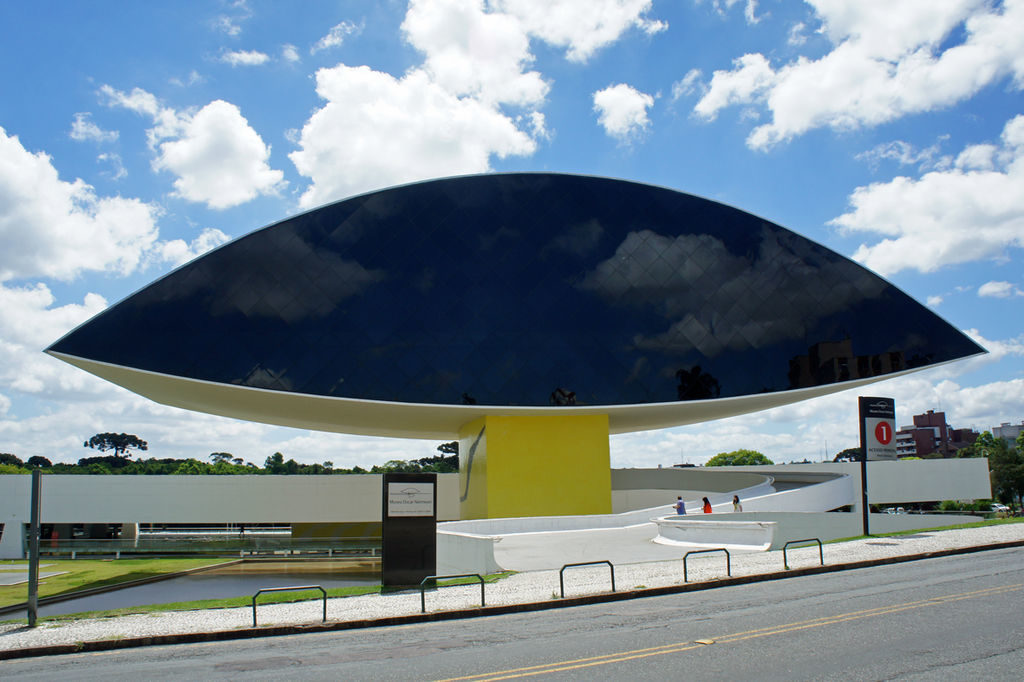
Images via Wikimedia Commons and Blogger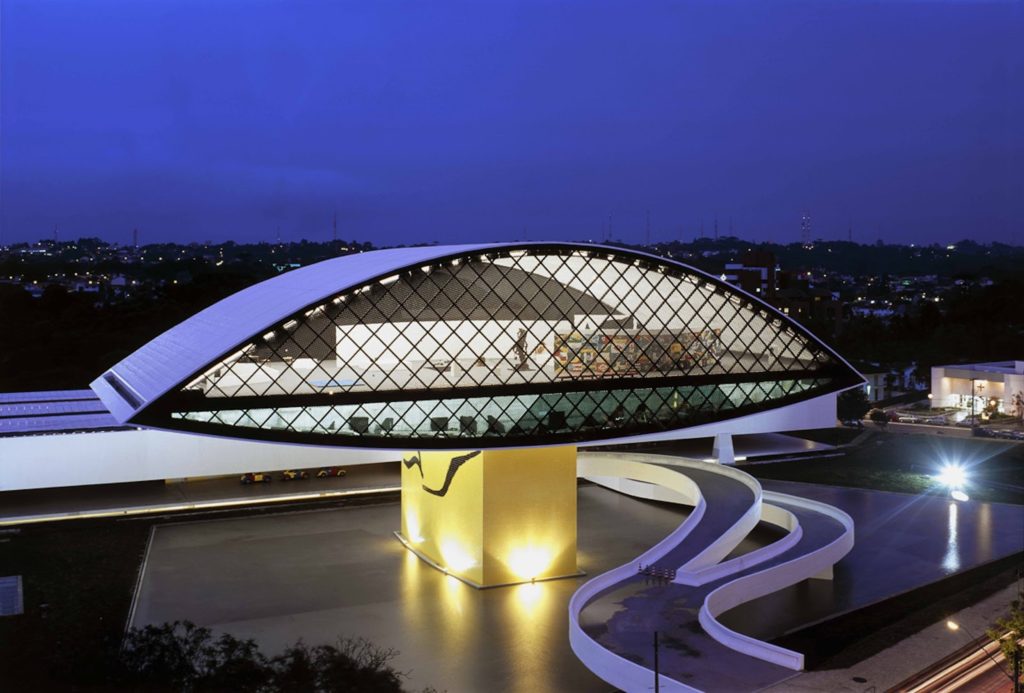
7. South America
Oscar Niemeyer Museum by Oscar Niemeyer, Curitiba, Brazil, 2002
Completed in 2002, when the architect was 95, the Museu Oscar Niemeyer was – incredibly – far from Niemeyer’s final project. Nevertheless, this building includes many of the Niemeyer’s signature design features, such as bold curves and sinuous pedestrian ramps, and as such stands as a fitting monument to his legacy.
The centerpiece of the complex is the main annex, which resembles a human eye and lends the museum a playful, sculptural expressiveness. At night, the interior of the eye is illuminated, its goings-on made completely visible to those on the outside. There is probably a symbolic meaning behind this eye that only “opens” in darkness but I am not quite certain what it is. One thing is for sure though, this latter-day work of the great master is a must-see for anyone traveling to Brazil.
Want to see more great contemporary buildings from around the world? Check out Phaidon’s Destination Architecture.
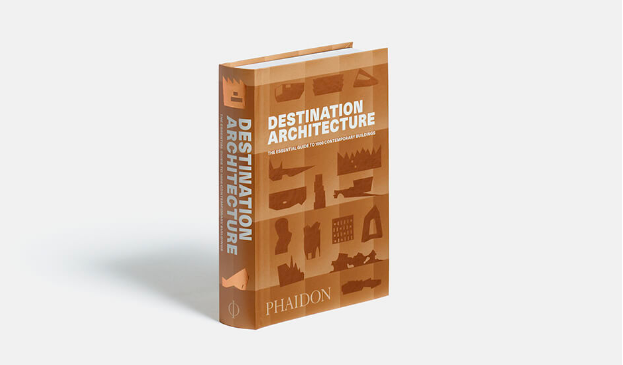
Architects: Want to have your project featured? Showcase your work through Architizer and sign up for our inspirational newsletters.
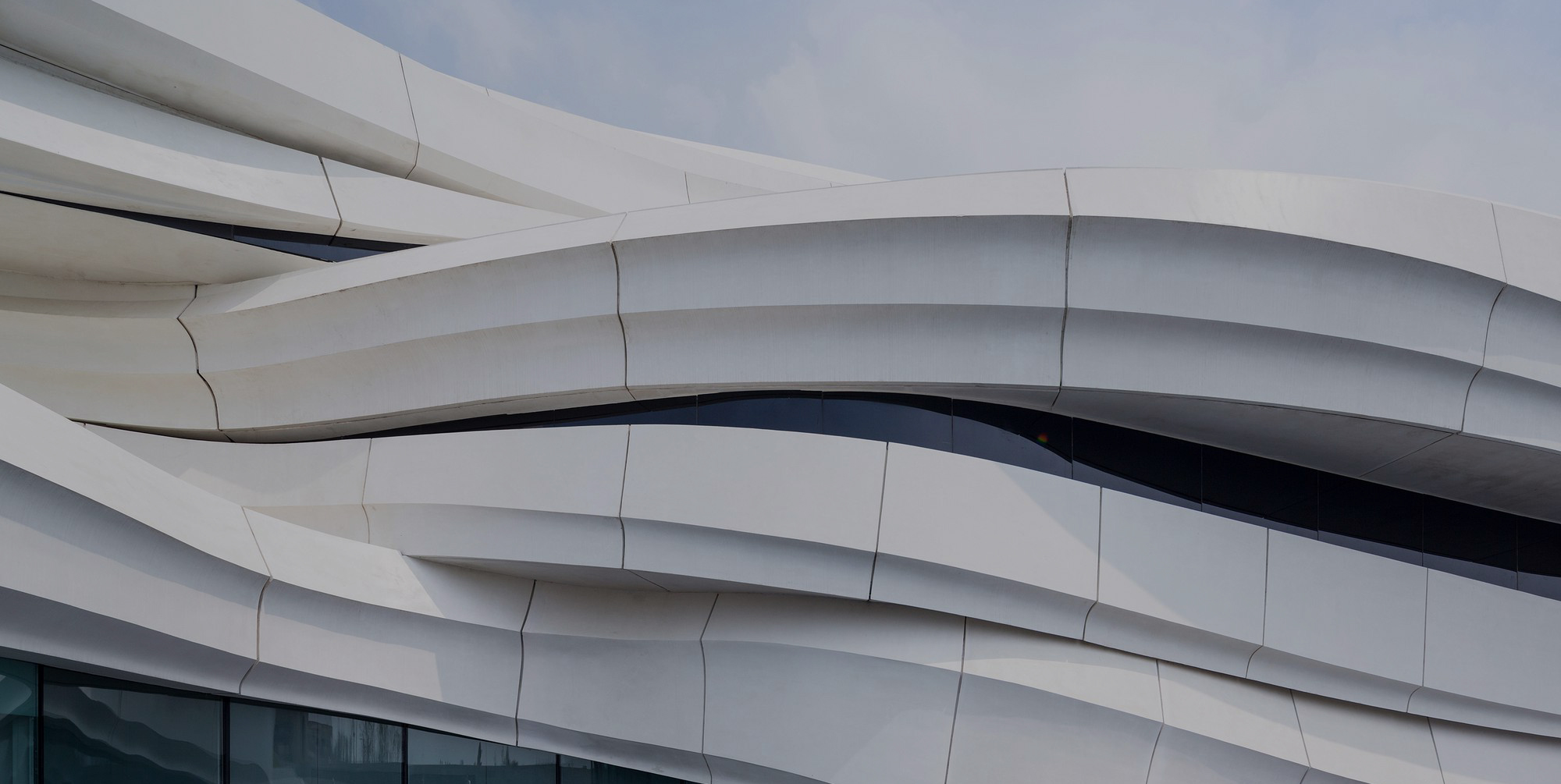





 8 House
8 House  Huski Hotel
Huski Hotel  The Palestinian Museum
The Palestinian Museum  Thread Artist Residency
Thread Artist Residency  Whitney Downtown Museum
Whitney Downtown Museum 